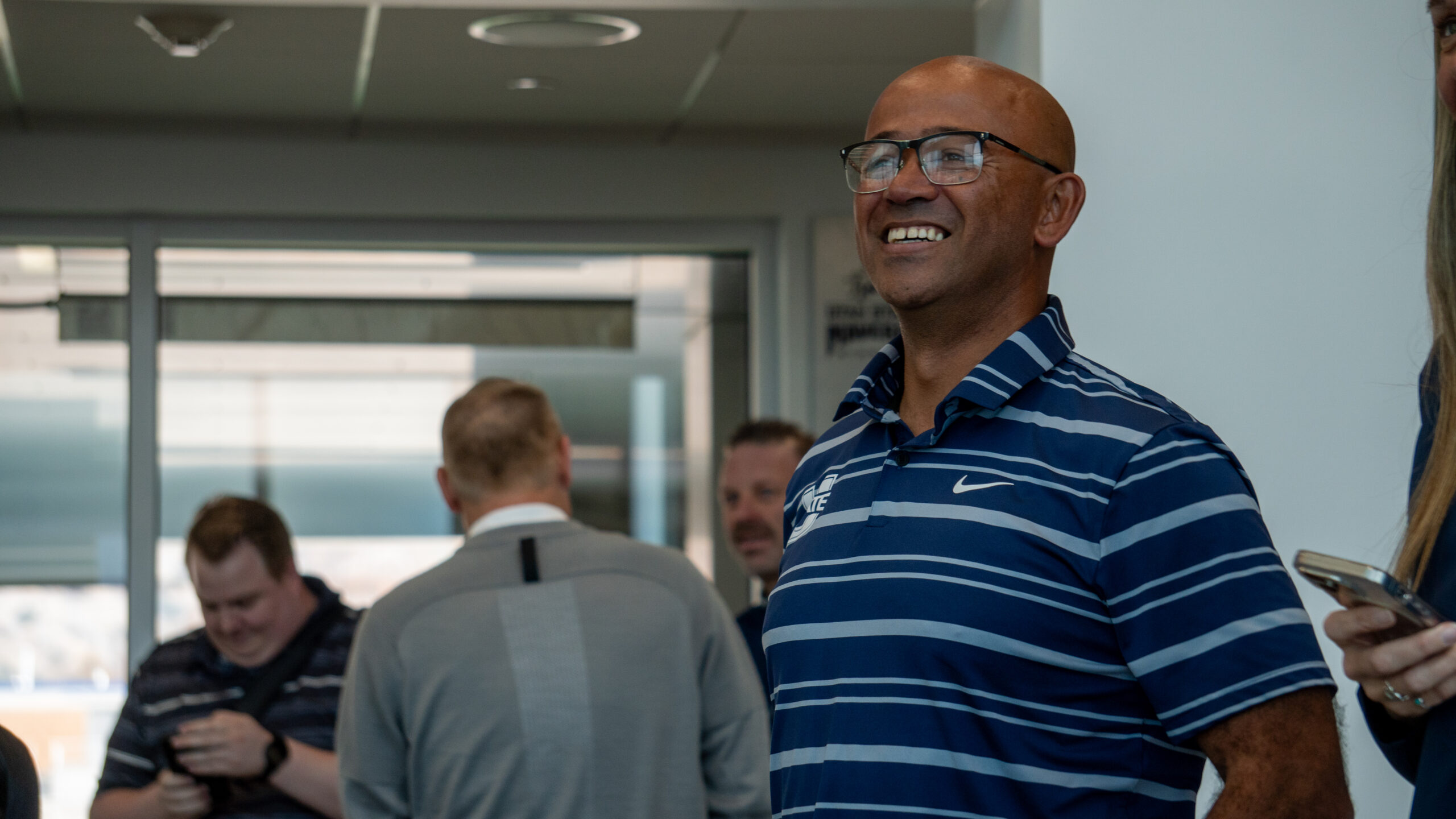Coaching styles across campus
Every sport at Utah State University utilizes different coaching styles depending on the type of sport, whether it be an individual, team, Division I or club sport.
In an article from the University of Kansas School of Education and Social Sciences, it explained the three generally accepted coaching styles; autocratic, democratic and holistic.
This information stems from the leadership studies conducted in the 1930s by Kurt Lewin, a German-American social psychologist and pioneer in the psychological study of group dynamics.
When asked about her preferred style of coaching, Veronika Golanova, head coach of the women’s tennis team said she uses a combination of the democratic and autocratic coaching styles.
Autocratic coaching can best be summed up by the phrase, “My way or the highway.”
Instead of dictating to their athletes, coaches facilitate decision-making and goal-setting with input from them in democratic coaching.
“You have to find the balance. As the head coach, you have a lot of power, and you have to be able to use it in the correct way,” Golanova said.
When asked her preferred coaching style, Laura Fernanda Eugenio De Hilario, a senior on the women’s tennis team, explained she likes a direct approach best.
“I like an honest and direct coach. It might not be nice all the time, but it works. I feel like it’s the most effective, otherwise you’re babied throughout your career,” Fernanda said.
Golanova changes her style depending on the player.
“Tennis is a very individual sport, so everybody has their own style, so you tailor a lot to their personality and figure out what they respond to the most. Some players respond better to tough coaching, and other players need a little bit of a cushion,” Golanova said.
When asked the question if it is better to win or be friends with the players, Golanova said, “Win. One hundred percent.”
This desire to win will be different depending on the level of sport.
“If you are working with children, you’re trying to develop them as people. When you look at different settings, outside of Division I, it changes a lot. But once you get to the professional sport, the need to win impacts a lot,” Golanova said.
“As a coach, you have to fulfill a lot of rules. And of course we’re friends, but on the court you have the mentor, coach, adviser and teacher role,” Golanova said.
A key factor of being a DI player is understanding the different relationships and interactions between coaches and players on and off the court.
“We know that there is a difference between on-court and off-court. The things we’re told on the court make us grow as a player and person. Outside the court, we can just have fun, and we learn how to separate those things,” Fernanda said.
Compared to team sports, individual sport coaching looks different
Manny Martins, head coach of the women’s soccer team, said the holistic style best describes his coaching.
“I’d say holistic is the closest, I don’t think there’s really one specific because there are moments when we as coaches have to adopt each of those methods and that’s part of being a leader,” Martins said.
Holistic coaching is founded on the theory that a happy team naturally becomes a successful team.
“We coach through relationships, and you either go through fear or establish a solid base of relationship founded on respect, honesty and communication,” Martins said.
Before each practice, the players take a wellness survey documenting where they are physically, mentally and otherwise. A leadership committee meets once a week to determine how the team is feeling emotionally.
“This information we’ve gathered helps us change and adjust our practice sessions based on the outcome of these surveys,” Martins said.

